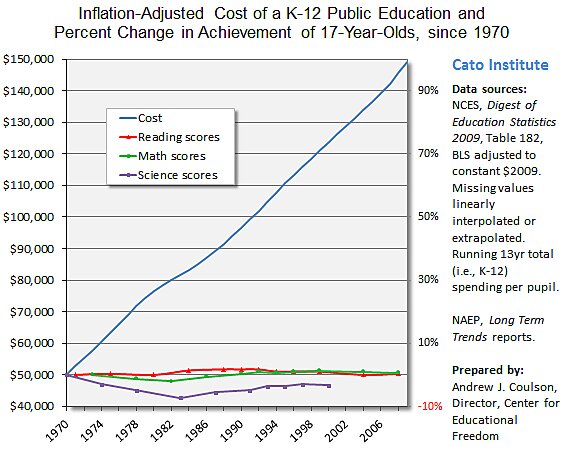The U.S. Postal Service, which lost $8.5 billion last year, wants to close about 2,000 retail postal outlets that are operating in the red. The USPS wanted to close 3,200 outlets in 2009, but the number was chopped to 162 following a congressional outcry. The USPS has over 36,000 postal outlets.
According to the Washington Post’s Ed O’Keefe, the USPS learned a lesson from its congressional beating last time around, and is coming back at Congress with more data:
The incident compelled officials to establish the computerized process they began using in November, Granholm said. He’s meeting regularly with colleagues to review potential sites, starting with small, rural stations in communities such as Mahaska, Kan., and Barium Springs, N.C.
With a few clicks of his mouse, Granholm can pull up fact sheets detailing a location’s square footage, hours of operation, payroll, annual sales and maps showing the next-closest location. If an unprofitable site employs fewer than five people, is open fewer than eight hours a day and is within 15 to 20 miles of another, larger location, it’s likely to close.
The USPS is only targeting postal stations and branches. Traditional post offices, which number about 27,000, cannot be closed “for solely operating at a deficit” and the closure process is burdensome. A Cato essay on privatizing the U.S. Postal Service explains that the USPS’s overcapacity is becoming a bigger financial drag as the demand for its retail services continues to decrease:
Full post offices are more costly to operate than other means of serving customers. The average post office transaction cost 23 cents per dollar of revenue in 2009 while the average transaction at a contract postal unit cost just 13 cents. Post offices used to generate almost all postal retail revenue, but 29 percent is now generated online through usps.com and other alternative channels.
In 2009 post offices recorded 117 million fewer transactions than in 2008. Four out of five post offices are operating at a loss. However, the postal network’s overcapacity has drawn little corrective action from Congress. In fact, legislation introduced in the House with 102 cosponsors would apply the burdensome procedures for closing post offices to other postal outlets as well. Congress is actively working against the modernization of the U.S. postal system.
The USPS needs to adjust to the times, but congressional meddling makes the task nearly impossible. The solution is to separate the government from the postal business altogether and allow the private sector to provide mail services, just as it provides package delivery and countless other services.
